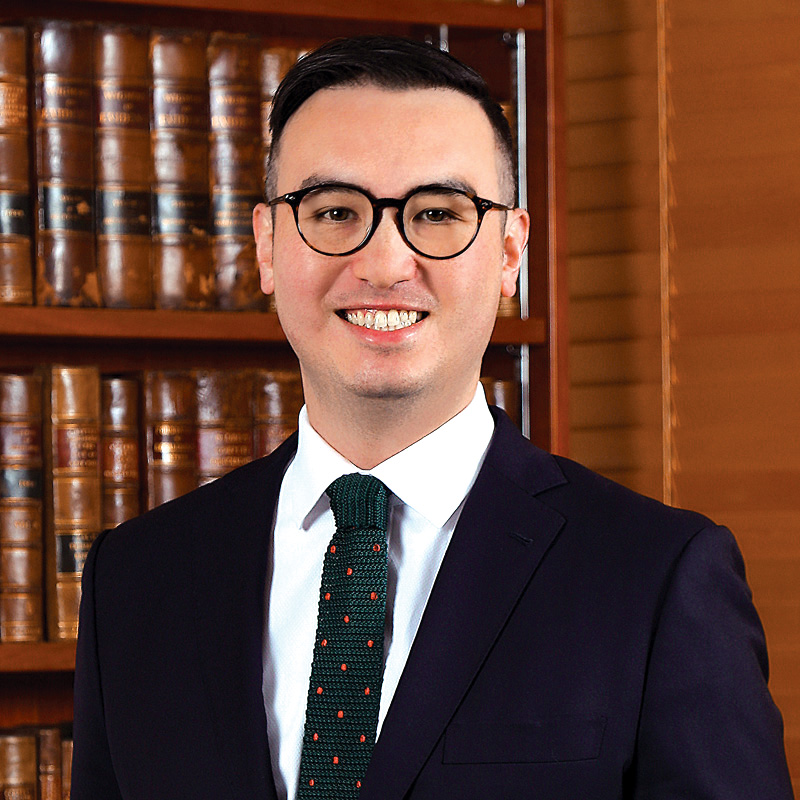HKSAR v Tsang Cheung Yan [2022] 1 HKLRD 167, [2021] HKCA 1656
Kim McCoy (with Richard Donald) appeared for the applicant in HKSAR v Tsang Cheung Yan [2022] 1 HKLRD 167, [2021] HKCA 1656.
D1 and two others (D2 – 3) stood trial together on a count of murder. By their verdicts, the jury convicted D1 of murder and convicted D2 – 3 of manslaughter. At trial, D1’s case was to the effect that while he had acted together with D2 – 3, nothing which he did caused death and that death was caused by D2 – 3. In support of D1’s application for leave to appeal against conviction, the following four grounds were advanced: (i) the murder verdict against D1 was inconsistent with the manslaughter verdicts against D2 – 3; (ii) the Judge erred in acceding to D2’s application to edit out of D1’s video recorded interview the attack therein on D2’s character, for that unfairly inhibited D1’s defence; (iii) the Judge erred in failing to direct the jury on D1’s clear record; and (iv) the Judge failed fairly to draw the jury’s attention to the expert evidence of the forensic pathologist called on D1’s behalf.
Held, refusing leave to appeal and dismissing the appeal, that:
- (1) A participant in a joint enterprise may be convicted of murder even if the actual killer was acquitted outright or convicted of manslaughter. On the totality of the evidence, the jury’s conclusion that D1 was guilty of murder while D2 – 3 were guilty of manslaughter was a conclusion which a jury, examining the evidence and faithfully following the judge’s direction, was perfectly entitled to reach (Sze Kwan Lung v HKSAR (2004) 7 HKCFAR 475, HKSAR v Chan Kam Shing (2016) 19 HKCFAR 640, HKSAR v CT (2019) 22 HKCFAR 225 applied; Osland v R (1998) 197 CLR 316 referred to). (See paras.33 – 50.)
- (2) Editing an accused’s statement to exclude matters prejudicial to a co-accused was permissible if what was edited out was not relevant to the maker’s defence. In the circumstances, the editing in the present case did not prejudice D1 (Lobban v R [1995] 1 WLR 877, R v Tan Siew Gim [1995] 1 HKCLR 299 applied). (See paras.51 – 55.)
- (3) In view of the unscrupulousness and dishonesty which D1 admitted, a good character direction based on his clear record would only have confused the jury. Moreover, how the Judge indicated that he would, and eventually did, deal with character was not objected to at trial. (See paras.56 – 57.)
- (4) The way in which the Judge dealt with the evidence of the forensic pathologist called by the prosecution and the defence respectively left no room for D1’s argument in this regard. (See paras.59 – 60.)
[The above is excerpted from the headnote to the report in HKLRD.]


